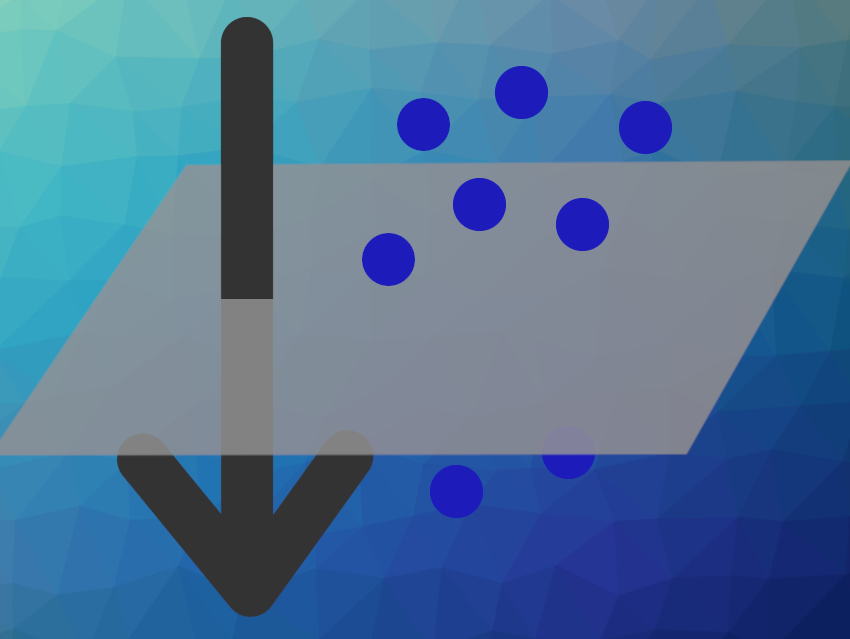Nanofiltration membranes do not require much energy to purify water, which makes them popular for wastewater treatment. Typically, dirty wastewater filters are cleaned using strong acids, bases, or oxidants. Chlorine-containing oxidants such as bleach can break down organic debris. However, they can damage polyamide membranes, which are used in most commercial nanofiltration systems, and create toxic byproducts. A milder alternative to bleach is hydrogen peroxide, but it decomposes contaminants slowly.
An Fe3O4-catalyzed Fenton reaction can be used to accelerate the decomposition of H2O2 and produce hydroxyl radicals, which are stronger oxidants. However, such a Fenton-based cleaning strategy requires an acidic environment, and the amount of acidic reagents needed increases chemical waste and environmental harm.
Jianquan Luo, Institute of Process Engineering, Chinese Academy of Sciences, and University of the Chinese Academy of Sciences, Beijing, and colleagues have combined the enzyme glucose oxidase and iron-oxide nanoparticles to create a system that catalyzes the breakdown of contaminants in nanofiltration membranes. Glucose oxidase produces hydrogen peroxide and gluconic acid from glucose and oxygen. This creates an acidic microenvironment and triggers the Fe3O4-catalyzed Fenton reaction. This chemoenzymatic cascade reaction led to good degradation efficiency for bisphenol A and methyl blue.
The team immobilized the enzymes on the nanoparticles and tested the system’s ability to clean methylene-blue-soaked nanofiltration membranes over three fouling and cleaning cycles. After each cleaning cycle, the nanoparticles were retrieved with a magnet and reactivated with fresh glucose solution. The nanoparticles were highly effective at cleaning the membranes, returning them to 94 % of their initial water filtration capacity. Because it does not require harsh chemicals and the nanoparticles are easy to recover, the system could provide a more sustainable and cost-effective approach for cleaning nanofiltration membranes.
- Chemoenzymatic Cascade Reaction for Green Cleaning of Polyamide Nanofiltration Membrane,
Jinxuan Zhang, Huiru Zhang, Yinhua Wan, Jianquan Luo,
ACS Appl. Mater. Interfaces 2022.
https://doi.org/10.1021/acsami.1c23466




